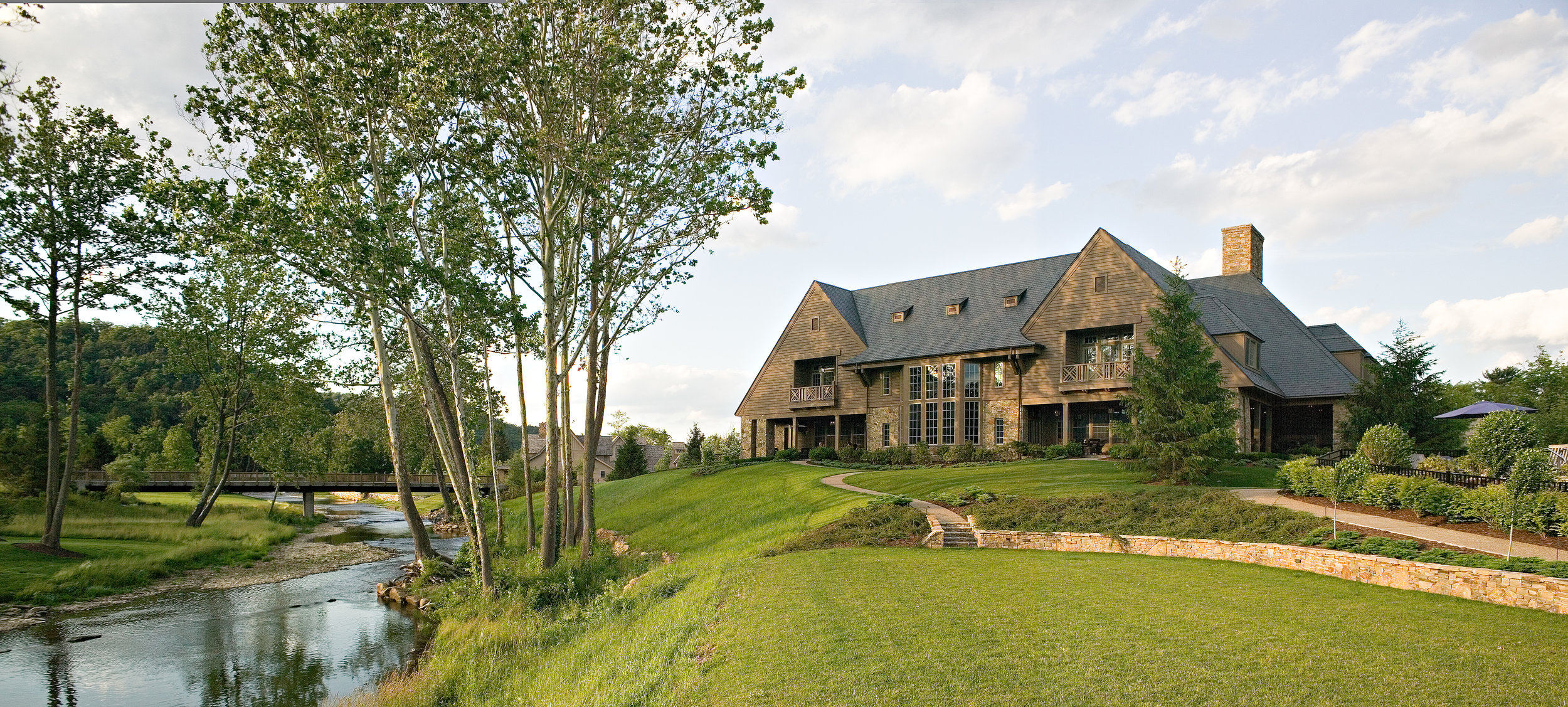Biking in Cuba

Turkey, Italy, South Africa—members of the Greenbrier Valley Bicycle Club have traveled the globe in recent years, biking some of the world’s most beautiful landscapes. This time, a particular country attracted their attention, for a variety of reasons.
Cuba has long been a traveler’s curiosity—shrouded in mystery since the U.S. embargo that effectively locked the tiny island country in time.
Mark Liebendorfer, a long-time member of the club, says, “Our intention in terms of traveling to Cuba was to go and connect with the people—stay in their homes and really create a cultural exchange.”
The only legal way for Americans to visit Cuba today is through a strict cultural-exchange program that is divided into twelve classifications. The cycling group chose to visit under what is known as the People-to-People exchange, which, simply put, defines the trip as one that relies on true cultural experiences and not just tourist activities.
In fact, the club says that a number of their activities throughout the trip were monitored so that compliance to the program was upheld.
Alinda Perrine, one of the first to sign up, says she wanted to see Cuba “before it was too late.”
“We wanted to experience Cuba the way it is NOW, before Starbucks and Disney and everything else that comes with westernization begins to show up,” adds Liebendorfer.
But Liz Wickline, another member of the group and a local real estate broker, says it became quickly evident to everyone that “it’s going to be a little while before that happens.”
In a country where the sewer system can’t handle western toilet paper and the newest model car dates back to the Kennedy administration, the basic infrastructure that needs developed to simply handle a modern tourism economy would require the investment of billions upon billions of dollars. Unfortunately, a perfect storm of historical and political consequences has rendered the country frozen in time, including Hemmingway’s home, to which he was never able to return, and to Milton Hershey’s plantation, which sits abandoned.
Glenn Freeman, a scientist and New Jersey transplant, says, “You know, I always just thought the cars were a kind of novelty. But, in reality, they really are left over from the embargo. Once that took effect, there were no more imports, and there’s no car manufacturer there either. You see lots of old Chevys and Edsels and all kinds of classic cars. There are a few Russian cars but nothing to compare to the US leftovers.”
The Cubans take extreme pride in their cars, decorating with bright, shiny paint jobs and immaculate exteriors often juxtaposed against the roughened street life. The countryside offered an even starker contrast of time-gone-by.
“Havana might be stuck in the 50s and 60s,” explains Alyson Liebendorfer, “but the surrounding countryside is stuck in the 20s and 30s.”
“I saw two oxen pulling a harrow just like my grandfather talked about many years ago. It was truly a living history,” adds Alinda.
“Now, as cyclists, Cuba was great for cycling,” Susan Mitchell, Glenn’s wife and a scientist with a medical background, adds. “The roads in the country were relatively empty, and, whenever a car did come, you could hear it coming for a mile away. Also, the citizens were very respectful of cyclists, much more than most places.”
Of course, the reason for the historical and controversial embargo was Cuba’s association with Communism and its alliance with Russia during the early Cold War. The embargo outlawed American exports to the country and restricted trade agreements with other countries, dictating that trade with Cuba would violate their agreement with the United States.
This means that “stores” across the country are essentially bare. The cycling group described vast empty stores with one section of shelves devoted to goods, limited food, and a few necessities. Most products available for exchange-visitors to purchase include rum, coffee, cigars cigarettes, a few trinkets, and, in the city, perfume. Again, these are all government products. Many restaurants and hotels the group visited were government-owned entities.
“Privately operated restaurants were just starting to pop up while we were there,” explains Susan. “The private restaurants were more tasteful than the government-operated ones, but the new phenomenon still has a way to go.”
Pork, beans, rice, papaya, mangos, and plantains were on most menus for the group. Their exchange sponsors would often take them to government-approved dining establishments—the restaurants were beautiful, but the menus were limited.
“Food waste is nonexistent,” says Liz. “They would never complain if you left food on your plate because they always took it back to the kitchen. I’m afraid some of it went right back into the pot!” The guide explained that after the Soviet Union left Cuba in the 1990s, life was very hard. Electric power was minimal, and people were hungry. Basics of life were not wasted, and the lesson carries to this day.
One of the most eye-opening aspects of the trip for the group was the amount of control the government exerted over Cubans—not militaristic control (most military vehicles and equipment are more than 50 years old) but societal control.
Dr. Bill Dukart, a retired pediatrician, notes that Cubans aren’t restricted from leaving, but the visa process costs around $120.
“When a doctor makes about $40 a month there, that would mean three months of salary would need to be saved just to obtain the visa much less make the trip.”
“If you have a grove of fruit trees,” explains Mark, “every year at harvest the government comes in and takes all of it. They give you 10 percent of what sells, and they keep 90 percent. It literally gets down to that level.
“I wouldn’t call it oppressed,” says Alinda, an entrepreneur, “but rather repressed. Creative ideas just don’t get out into the public. There’s almost no such thing as entrepreneurial success there.”
“One guy told me, ‘The government pretends to pay us and we pretend to work,” laughs Bobby.
The most vibrant form of creative expression throughout the country is the music. Cubans sing out, and their voices are happy, melodic, and robust.
Religious faith was not practiced openly for more than 30 years. While the government did not restrict religion, they did not allow religious people to join the Cuba Communist Party because it directly conflicted with the Marxist ideology on which the party was based. Back then, that was a party you probably wanted to be a part of. Cubans can currently practice a faith, but generations grew up without a faith base.
“The trip made me very thankful that we can freely express ourselves in America,” says Liz, “and for the economic mobility that exists here.” She adds that the only billboards or ads she saw anywhere were pictures of Che Guevara and Fidel Castro. No one on the trip saw a newspaper, and the only time they saw a television it was showing a baseball game.
Any trip overseas enjoys the cultural experience of learning a new monetary system. In Cuba, however, learning the system was compounded by the perplexities of dual monetary systems. There are essentially two kinds of money in Cuba—national money and country money. The national money (Cuban convertible peso, or CUC) is adorned with national monuments and is based on the dollar, while country money (the Cuban peso, or CUP) is worth 25 times less and has people on the bills. To further complicate, neither are offered on the foreign exchange, and you cannot exchange American money for them, but you can exchange Canadian dollars or Euros. Thus, the group first exchanged their American dollars into Canadian dollars while in the United States and then exchanged the Canadian dollars into Cuban pesos once in Cuba. The Cuban CUP (the country money) couldn’t truly be exchanged for the national money (CUC).
“Sometimes a restaurant or even a bartender would give you change in country money, so you had to be careful, because country money was pretty much worthless in the cities,” explains Bobby.
Alinda added: “Bobby liked to joke with the people. He gave bartenders Atomic Fireball candy (which is not available in Cuba) to see their reaction. That was always good entertainment. The people loved trying something new.”
Mark Liebendorfer adds that members of the group never felt threatened or worried about their safety. “It’s against the law to own a gun there, and you will actually go to jail. Even off-duty police officers aren’t allowed to carry a gun.”
However, it is against the law to decline to pick up a hitchhiker. The group learned this when their tour bus was pulled over by police for not picking up someone thumbing on the side of the road. Fortunately for them, tourist groups are actually exempt from this law.
As a whole, members of the group say they are thankful of the experience, though they warn sun-seeking tourists that Cuba may not be the place for them—yet. More infrastructure needs to be put in place to accommodate a “beach-seeking vacation” industry. That said, club members agree the trip will be remembered for the rich cultural experience and the smiles of the Cuban people. Each traveler encourages others to seek Cuba as a place to experience a culture of resourcefulness, of kind, smiling people, where time stands still.




